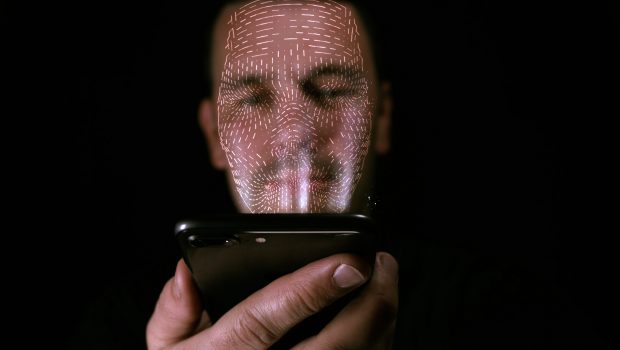The Future of Facial Recognition Technology – Now. Powered by Northrop Grumman
Facial recognition technology has come a long way. But how does this form of identification work? How accurate is the process, and what’s next for this face-first function?
How Does Facial Recognition Work?
Facial recognition tools often show up in movies, but they’re rarely depicted correctly. On film, the process is easy: The heroes find a blurry image of a crowd that contains their potential bad guy, then they use facial recognition software to “enhance” the image. This almost instantly returns a host of information about the subject, from their name and date of birth to their address, favorite color, and complete Spotify playlist.
In practice, it’s not quite so simple.
So how does facial recognition work? First, facial detection software scans an image for characteristics that indicate a human face — eyes, noses, ears, mouth, etc. Then, facial recognition tools convert faces in the image into a string of digital numbers of points, sometimes called a “faceprint.” Finally, deep learning algorithms compare the generated faceprint with hundreds or thousands of other faceprints in a database to determine their similarity. If one (or more) matches are found, they’re reported by the system along with “similarity scores” that indicate their level of likeness to the digital faceprint. The use of deep learning algorithms is critical here; they allow facial recognition systems to become more accurate over time as more information is stored and processed.
When it comes to accuracy, facial recognition has seen marked improvements. In 2014, the most accurate algorithm had an error rate of 4.1%. By 2020, this number fell to just 0.08%. It’s worth noting, however, that positive matches aren’t guaranteed even with better technology. A 2019 study of algorithms found they were 10 to 100 times more likely to return false positives for women and people of color while recent research found that facial alterations due to plastic surgery can significantly affect the efficacy of facial recognition.
What’s Next for Facial Recognition Technology?
While challenges such as privacy concerns remain a roadblock to the adoption of facial recognition frameworks at scale, the technology does offer the potential for advancement in other areas.
Consider the use of facial recognition in advertising. A system implemented at the Piccadilly Circus lights in London leveraged facial recognition technology to pinpoint the age, gender and mood of shoppers passing by and then tailor advertisements based on this information. While the initiative faced pushback from privacy groups over the use of this data without consent, the concept sets the stage for more targeted facial advertising — so long as users are provided with details about how their faceprint will be used and are given the chance to opt-in.
Automakers are also looking to leverage facial recognition as a way to personalize driving experiences. At the CES convention in Las Vegas, several car companies demonstrated facial recognition systems capable of recognizing vehicle owners and unlocking car doors as they approach. These systems could also be used to customize seat and mirror positions and even provide audible signals if they detect facial movements that suggest drivers are falling asleep. There’s also a growing market for the use of facial recognition in autonomous vehicles; cars may be in charge of the driving, but owners don’t want anyone just taking off on a joyride. Robust facial identification could offer a measure of security for autonomous vehicle owners while also making it easy for them to get on the road ASAP.
Another application for facial recognition is health care. By analyzing a patient’s face, algorithms can look for specific features that indicate the presence of rare diseases, in turn allowing patients to seek treatment or doctors to take targeted action. This is more than just speculation: In 2018, medical geneticist Omar Abdul-Rahman used a face recognition app to help confirm a case of Mowat-Wilson syndrome in a 3-year-old boy. The disease often presents with deep-set eyes, uplifted earlobes and a rounded nose, but it is so rare that many doctors have never seen a case. Using the Face2Gene diagnostic app for rare genetic disorders returned a potential match for Mowat-Wilson, and the parents of the boy agreed to a test, which came back positive. While these applications will never eliminate the need for in-person examination by doctors, they offer the potential to help confirm diagnoses or provide insight for individuals via telehealth connections.
Putting Your Best Face Forward
Like it or not, facial recognition is here to stay. From a consumer perspective, expect this technology to come with increasing controls around informed user consent even as automakers and other manufacturers look to leverage facial recognition as a way to provide customized user experiences. When it comes to health care, meanwhile, the future of facial recognition could help improve diagnostic accuracy, streamline symptom identification and shorten the time required for effective treatment.
Check out Northrop Grumman career opportunities to see how you can participate in this fascinating time of discovery in science, technology, and engineering.








Gloss